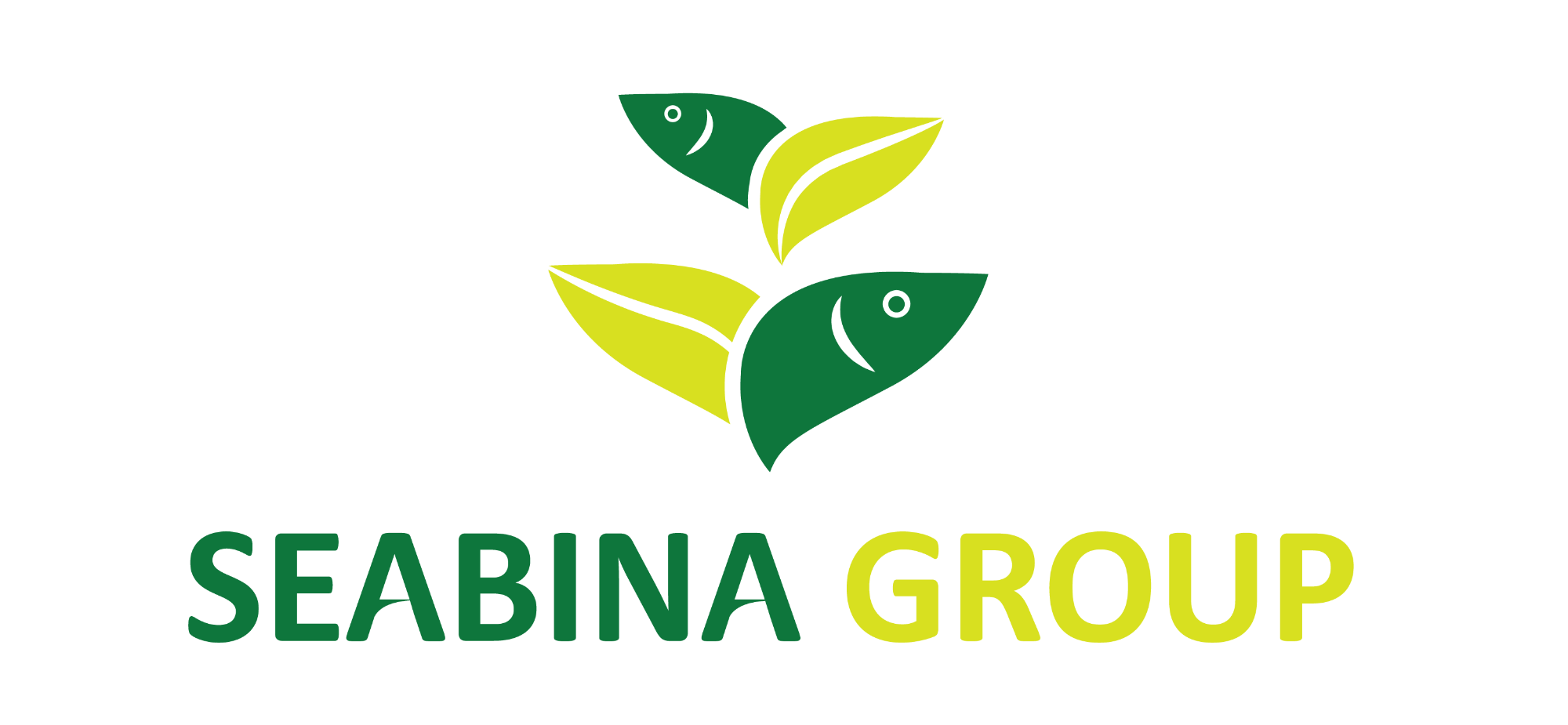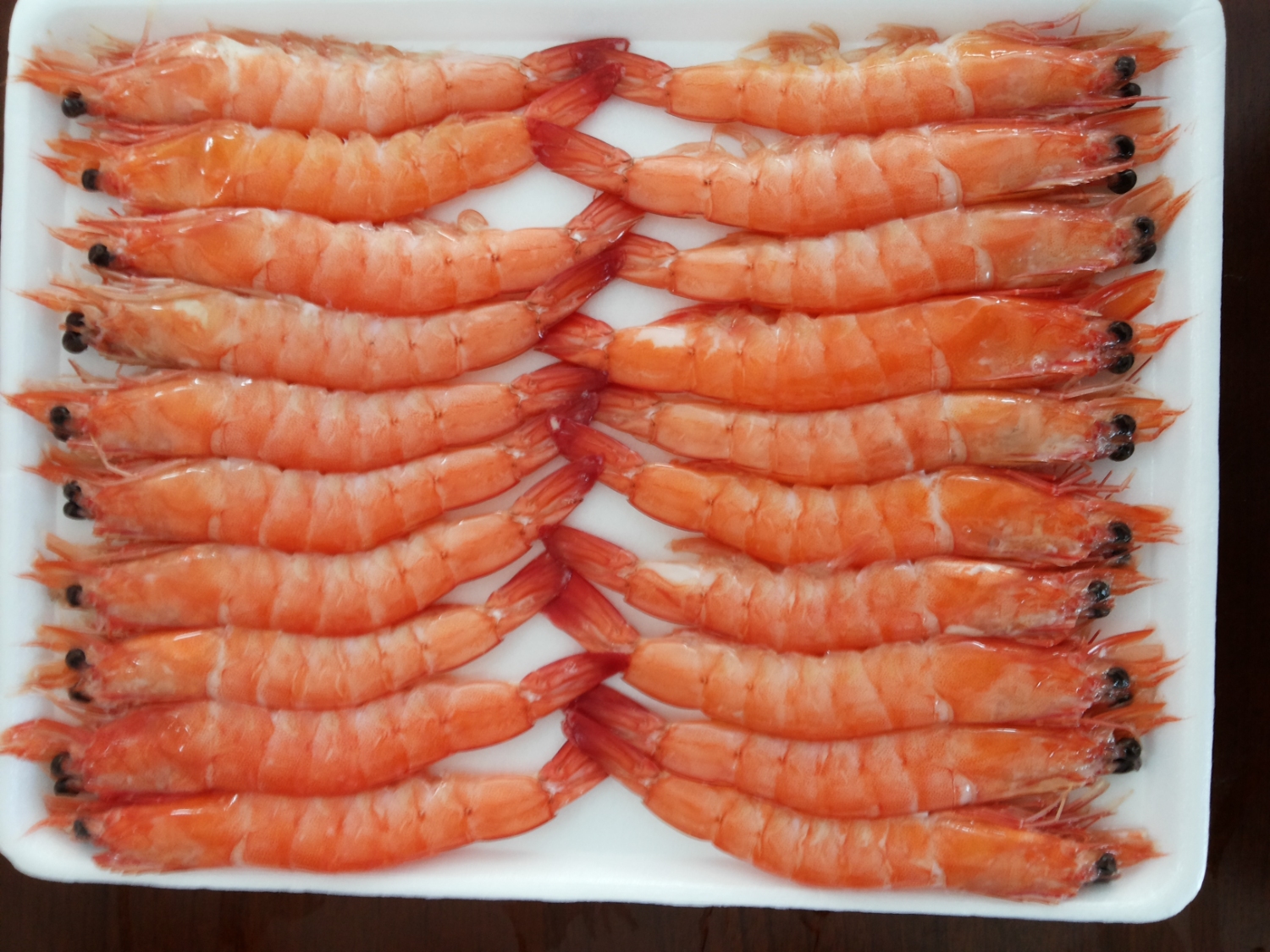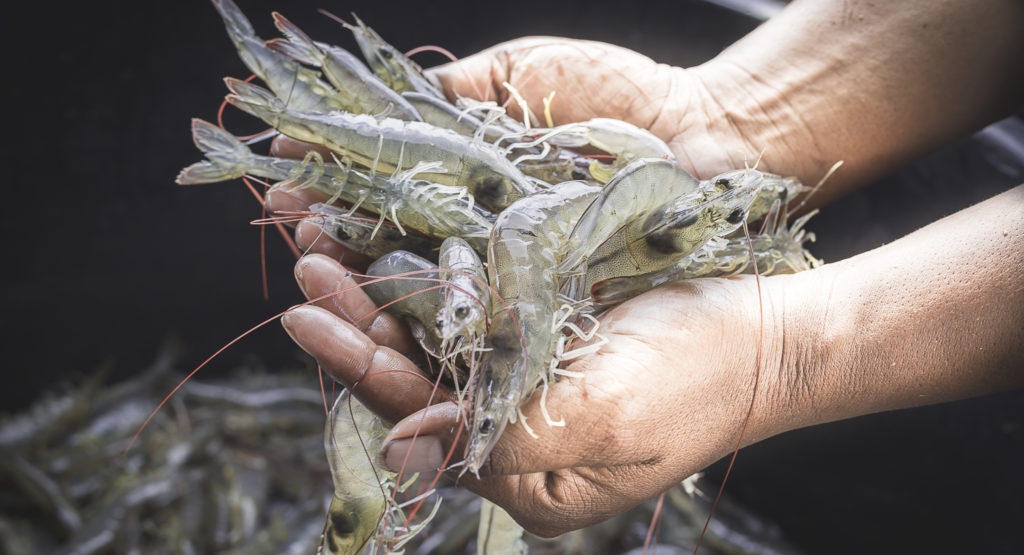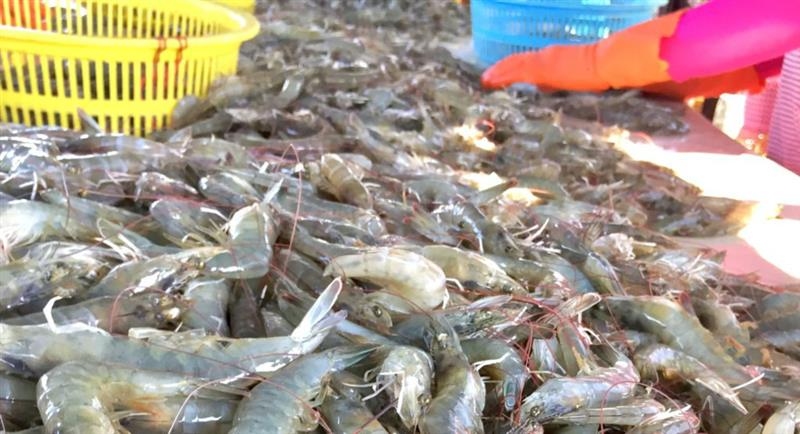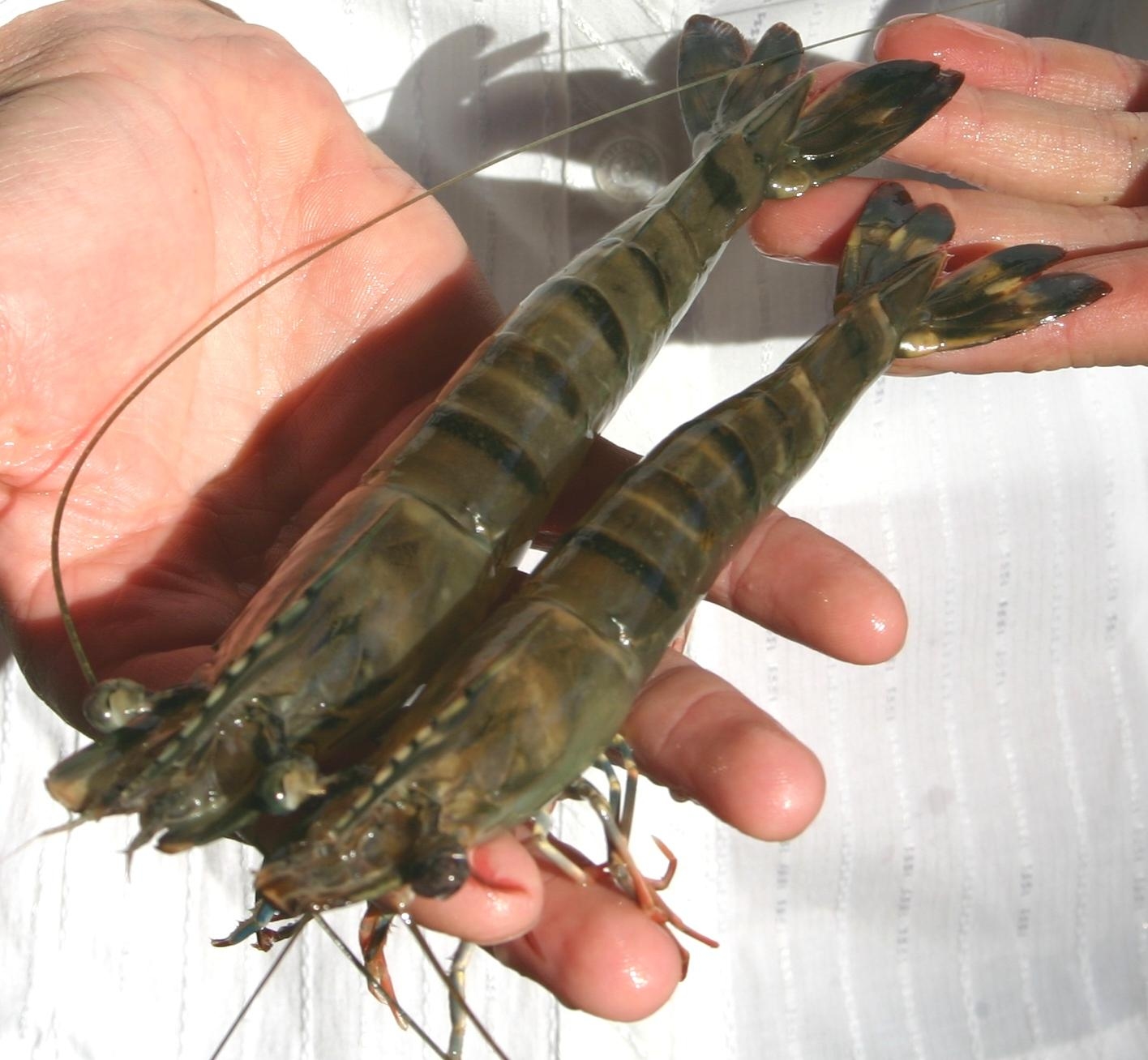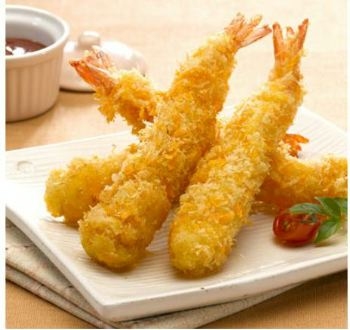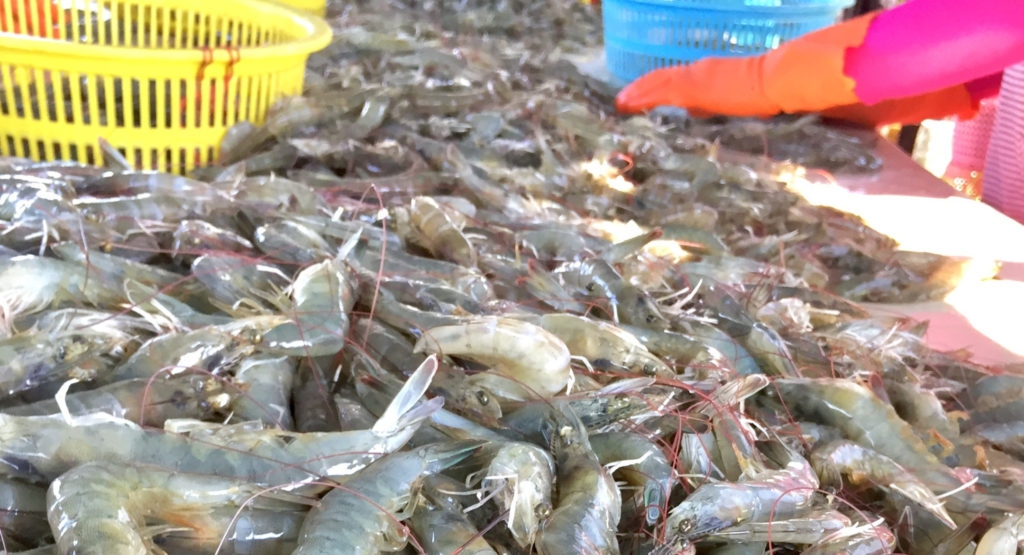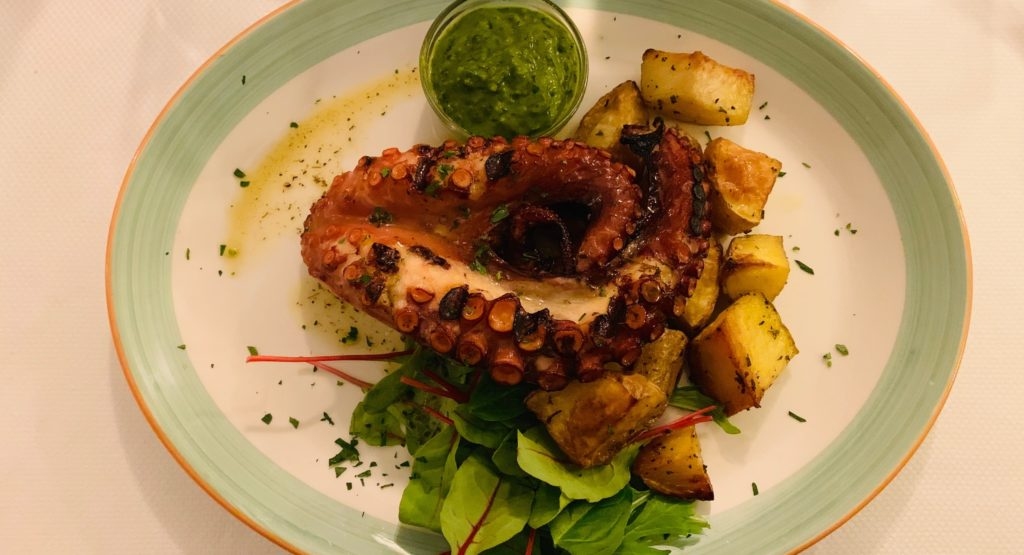
Europeans eating more seafood, markets importing and exporting more products
Report: Europeans eating more seafood, markets importing and exporting more products
December 12, 2019
There has been a marginal rise in seafood consumption across the 28 E.U. member states, with growth supported by increases in both the domestic supply and imports, the latest analysis published by E.U. fish processors and traders association AIPCE-CEP has found.
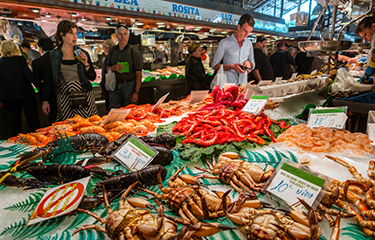
According to the “Finfish Study 2019,” total E.U. consumption climbed to almost 12.9 million metric tons (MT) in 2018, equating to 25.1 kilograms per capita. It also calculated that 62.5 percent of the seafood products eaten by Europeans that year were imported.
With third-country imports increasing by 1.2 percent to 9.4 million MT and a domestic supply which increased by 0.2 percent to 5.7 million MT, the total market supply grew by 0.8 percent to 15.1 million MT. Meanwhile, exports to third-countries were also up 5.3 percent to 2.2 million MT.
Some 80 percent or 5.3 million MT of the E.U.’s domestic supply came from wild-catch fisheries, with aquaculture production contributing 1.3 million MT.
AIPCE-CEP’s report states that within the E.U., the demand for wild-capture whitefish species increased by 1.7 percent, or 52,000 MT, to almost 3.2 million MT in 2018. This was led by species such as cod, Alaska pollock, hake, haddock, saithe, redfish, and hoki.
It highlighted that for the third year in a row, the total volume exceeded three million MT, and explained that one of the reasons behind this trend has been the high quota levels in several of the key fisheries across the Northern hemisphere. However, it said that it is questionable if the 2019 whitefish supply will remain at this high level due to increased global competition and a drop in some of the important whitefish quotas.
Around 90 percent, or 2.8 million MT, of the E.U.’s whitefish was imported last year, representing a volume increase of 2 percent compared with 2017. There was an additional 32,000 MT of saithe, 39,000 MT of hake, 56,000 MT of Alaska pollock, and 2,000 MT of redfish. Those increases were offset by the cod, haddock and hoki volumes, which fell by 42,000 MT, 4,000 MT, and 14,000 MT, respectively.
The whitefish supply from E.U. catches decreased by 5 percent to 332,000 MT, with 14,000 MT less of both cod and hake in 2018.
China was the E.U.’s most important whitefish supplier, sending 589,000 MT, a decrease of 1 percent. China was followed by Norway’s 470,000 MT, down 3 percent; the United States’ 449,000 MT, down 1 percent; Iceland’s 390,000 MT, up 17 percent; and Russia’s 383,000 MT, up 8 percent.
However, despite being the largest supplier, China’s share of the E.U. whitefish trade dropped to 21 percent, mainly due to a lower cod volume. Almost all whitefish imports from China are frozen fillets.
With regards to other key species consumed in the E.U., the bloc’s salmon supply (farmed and wild-caught) increased by 2 percent to almost 1.4 million MT in 2018, with imports up 3 percent to more than 1.2 million MT.
Norway was the E.U.’s most important supplier, accounting for 80 percent of the trade. It was followed by China with 7 percent, and the United States and Chile both with 4 percent.
The E.U.’s tuna supply fell 1 percent to 1.4 million MT in 2018, with the domestic volume accounting for 58,000 MT and the rest coming from imports. With its free trade agreement (FTA) with the E.U., the biggest supplier was Ecuador with a 21 percent market share, followed by the Philippines at 9 percent, and Seychelles at 8 percent.
AIPCE-CEP’s data also found that the E.U.’s shrimp supply increased by 3 percent to 906,000 MT in 2018, with imports accounting for all but 6,000 MT. The most important countries for shrimp were Vietnam with 15 percent of the market, supplying both Pacific white shrimp and black tiger shrimp; Ecuador’s white shrimp, with a 14 percent share; Greenland’s North Atlantic coldwater shrimp, with 11 percent; and Argentine red shrimp, also with 11 percent.
Photo courtesy of Madrugada Verde/Shutterstock
Source: seafoodsource.com
Other news
- A recovery for the shrimp market? 17/04/2024
- Shrimp market: Fear of inflation and declining demand 22/10/2022
- Summer demand remains strong in the United States of America and Europe 08/11/2021
- Global supply chains are being battered by fresh COVID surges 18/08/2021
- Animal Health and Welfare in Aquaculture 17/08/2021
- Pangasius Imports Outpacing Tilapia 10/08/2021
- Growth in India's Shrimp Production and Exports 08/08/2021
- Decline in shrimp exports to China makes shrimps cheaper in India for domestic market 03/08/2021
- Rabobank sees plenty of positives for both shrimp and salmon sectors 29/07/2021
- Asia’s Shrimp Connoisseurs: Japan, Taiwan And South Korea 02/07/2021
